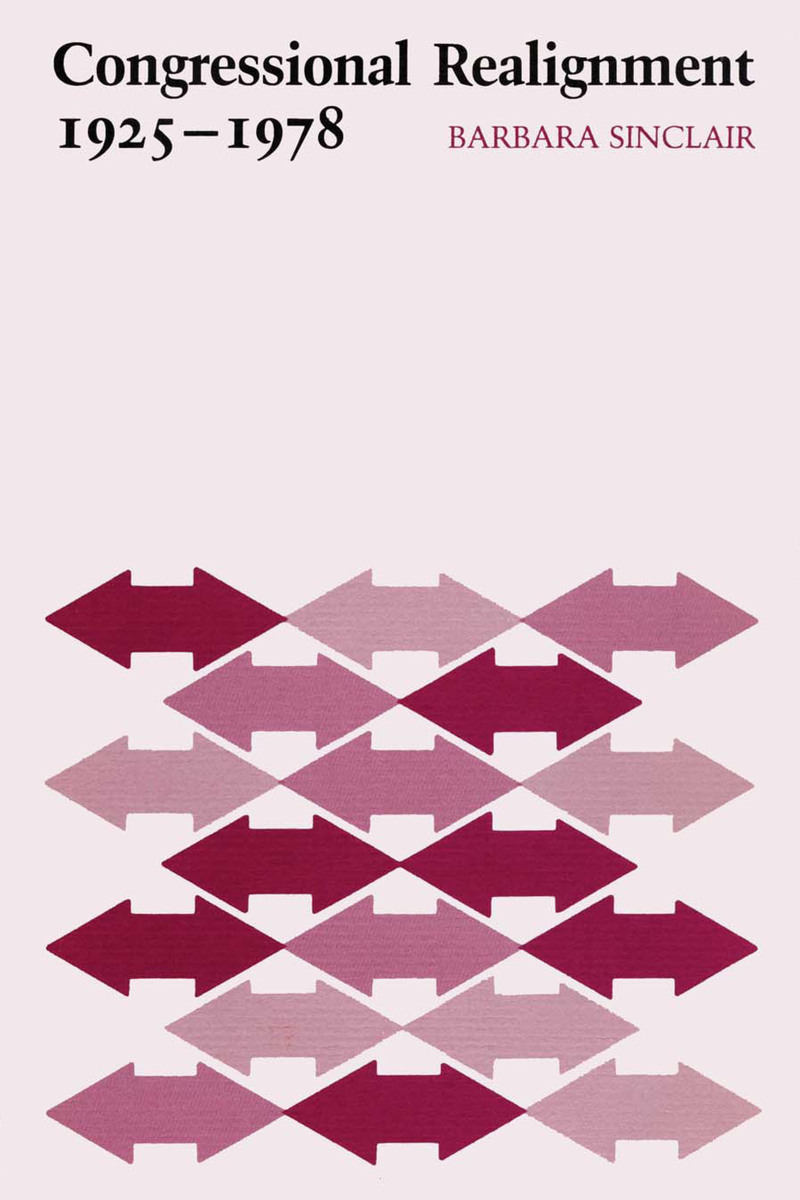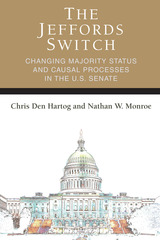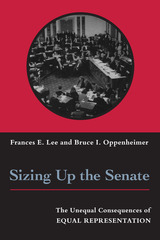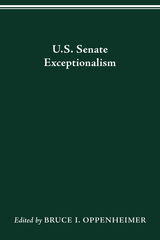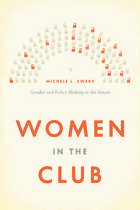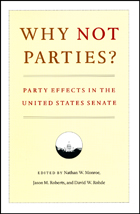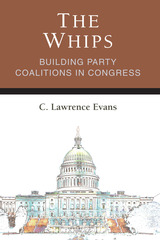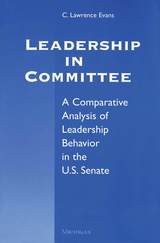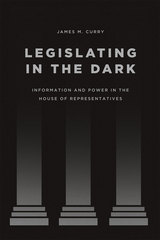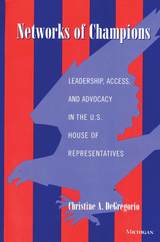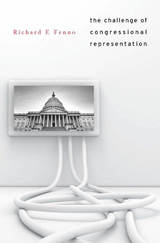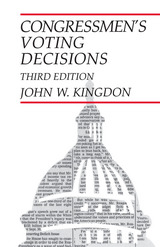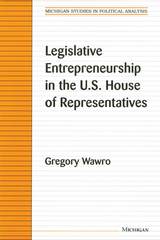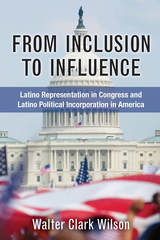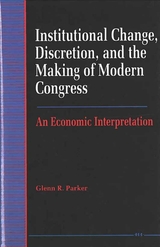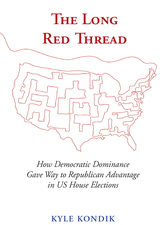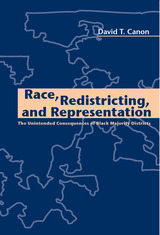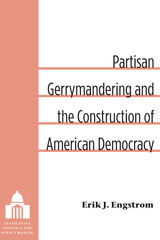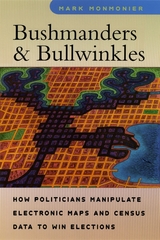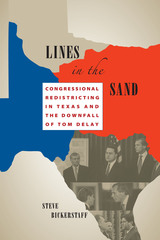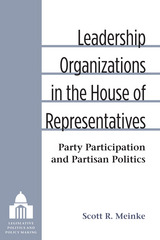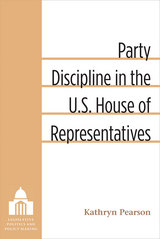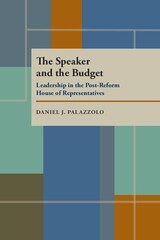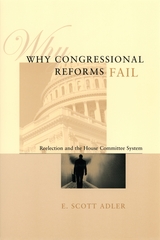Cloth: 978-0-292-70360-5 | eISBN: 978-1-4773-0489-1 | Paper: 978-0-292-74175-1
Library of Congress Classification JK1319.S53 1982
Dewey Decimal Classification 328.73077509
Ronald Reagan's election in 1980 brought with it a major shift in the composition of the U.S. Congress for the first time in several decades. The subsequent introduction of an enormous amount of new legislation sparked debate among many political observers that a new coalition was being built in American politics and that a significant change in the issues on the agenda before Congress heralded a Republican realignment.
Barbara Sinclair's study is a major contribution to our understanding of realignment politics in the House of Representatives. It also provides important insight into the changes in American political life in the late twentieth century.
Congressional Realignment poses three basic, related questions: What are the sources of agenda change? What determines congressional voting alignments and alignment change? Under what conditions are the barriers to major policy change overcome? Sinclair's answers are impressive both in their scholarship and in the depth and intelligence of her insights.
See other books on: Legislative Branch | Political Parties | Political Process | United States. Congress. House | Voting
See other titles from University of Texas Press
